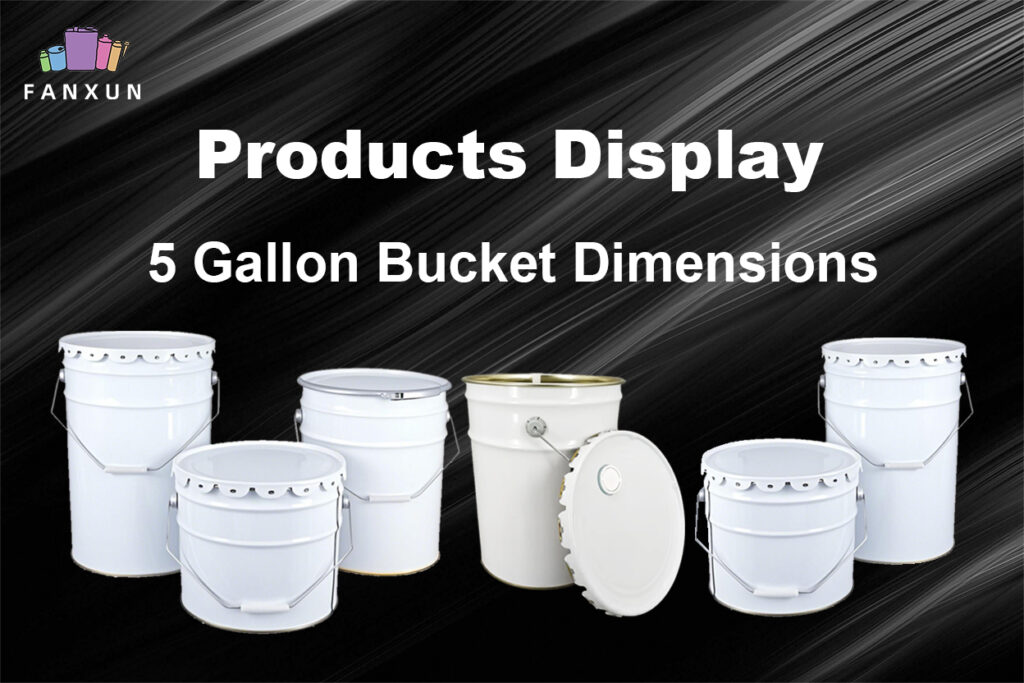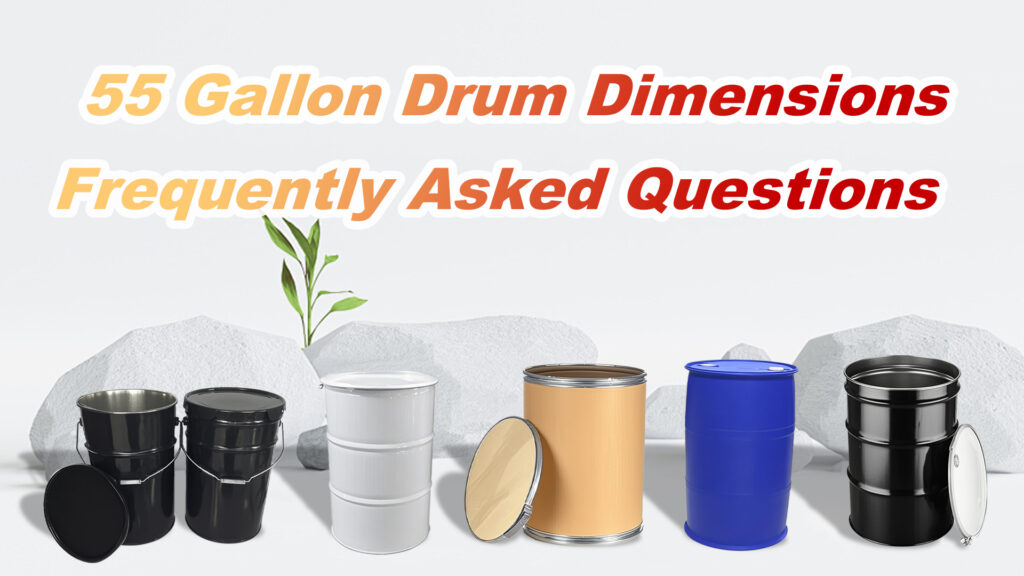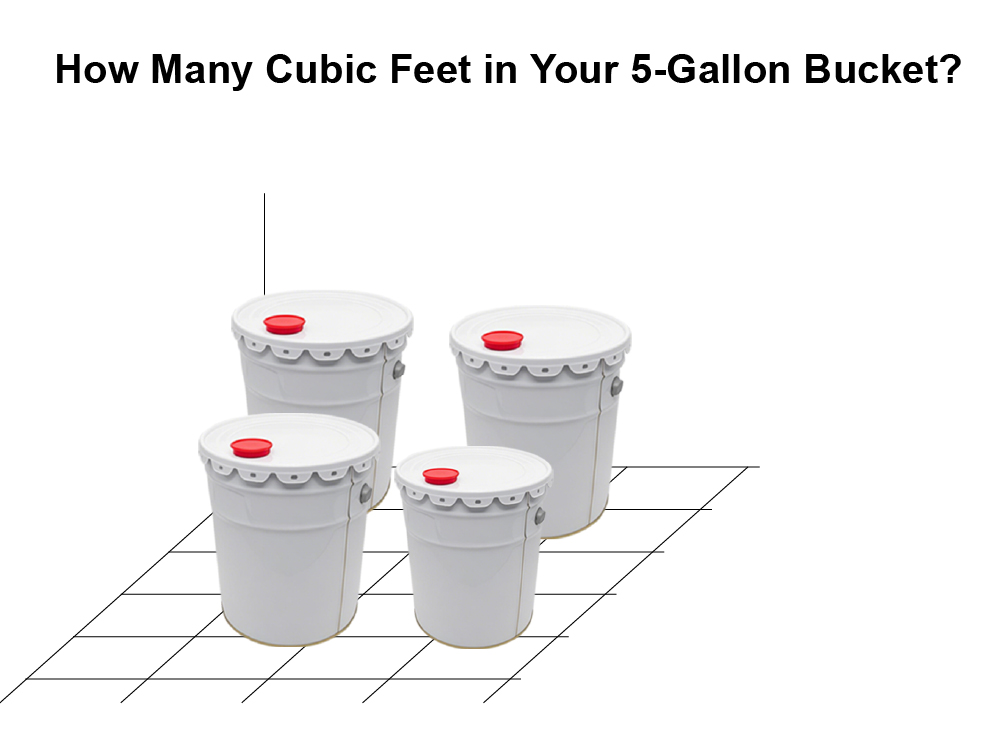That little dashboard light. The one that politely (or sometimes, not-so-politely) informs you: “Change Engine Oil Soon.” My stomach always does a little flip-flop when I see it. It’s like my car is giving me a friendly nudge, but one that I know I can’t ignore for too long. The immediate question that pops into my head, and likely yours too, is: “わかった, ‘soon’ is great, but how long do I actually have?”
It’s a valid question! We all have busy lives. Maybe I have a crucial work week, a planned road trip, or just can’t squeeze in a visit to the mechanic (or a DIY session in my garage) right away. それで, let’s dive deep into this common concern. This isn’t just about a simple number of miles; it’s about understanding what’s happening in your engine, the risks involved, and how to make an informed decision that keeps your car happy and healthy.
What Does That “Change Engine Oil Soon” Light Mean?
Before we get into the “how long” part, it’s essential to understand why that light has decided to grace your dashboard. It’s not just a random timer (usually). Modern vehicles typically use an Oil Life Monitoring (OLM) system. These systems are quite clever and can work in a couple of ways:
-
Algorithm-Based Systems: Many cars use sophisticated algorithms that take various factors into account:
- Mileage: The classic measure, but not the only one.
- Time: Engine oil degrades over time, even if you don’t drive much.
- Engine Revolutions: More revs mean more work for the oil.
- Operating Temperatures: Extreme heat can break down oil faster.
- Driving Conditions: Lots of short trips, stop-and-go traffic, or towing can be harder on oil than steady highway driving.
- Ignition Cycles: How many times you start and stop your engine.
The car’s computer crunches these numbers and estimates when the oil’s protective qualities are diminishing.
-
Sensor-Based Systems: Some advanced systems might incorporate sensors that directly measure the quality of the oil, looking for changes in its electrical properties, soot levels, or viscosity. These are less common but provide a more direct assessment.
通常, the “Change Engine Oil Soon” message appears when the OLM system estimates the oil has about 5% に 15% of its useful life remaining. This is a warning, not an immediate “pull over and stop the car NOW” emergency like a flashing red oil pressure light (which is an emergency!).
Why is Engine Oil the Unsung Hero of My Car?
To appreciate the urgency (or lack thereof) of an oil change, we need to remember what engine oil actually does. It’s not just some liquid sloshing around; it’s the lifeblood of your engine.
- Lubrication: This is the big one. Engine oil forms a protective film between moving metal parts, like pistons, crankshafts, and camshafts. Without it, these parts would grind against each other, causing immense friction, heat, and rapid wear. Think of it as the cartilage in your joints.
- Cooling: While your car has a dedicated cooling system, engine oil plays a vital role in carrying heat away from critical components, especially in the lower parts of the engine that coolant might not reach as effectively.
- Cleaning: As oil circulates, it picks up tiny particles of metal, dirt, soot, and other combustion byproducts. These contaminants are then trapped by the oil filter. Clean oil means a cleaner engine.
- シーリング: Oil helps to seal the tiny gaps between the piston rings and cylinder walls, ensuring proper compression and preventing power loss.
- Corrosion Protection: Engine oil contains additives that protect internal engine parts from rust and corrosion caused by moisture and acids that form during combustion.
Over time, and with use, the oil’s base stocks break down due to heat and mechanical stress. The crucial additives also get depleted. The oil becomes less effective at lubricating, gets saturated with contaminants (especially if the filter is old), and its viscosity (thickness) can change.
それで, How Long Can I Drive?
Alright, let’s tackle the main event. The honest answer is: it depends. There’s no universal “you can drive X more miles” rule once that light comes on. しかし, we can break down the factors that influence this window:
-
Your Owner’s Manual is Your Best Friend: Seriously, this is the first place you should look. Many manuals will provide specific guidance on what “Change Engine Oil Soon” means for your particular make and model. Some might even give a mileage estimate (例えば。, “approximately 500 miles remaining”).
-
The Nature of the Warning:
- “Change Engine Oil Soon” / “Oil Life Low”: This is the standard pre-warning. You generally have some time.
- “Change Engine Oil NOW” / “Oil Life 0%”: This is more urgent. You should aim to get it changed within the next day or two of driving, or very few miles.
- Red Oil Pressure Light (Oil Can Symbol): This is CRITICAL. It means your engine has lost oil pressure. Pull over safely and stop the engine immediately. Driving further can cause catastrophic engine damage within minutes. This is different from the oil change reminder.
-
How Far Overdue Are You (Based on Stickers/Records)? If you also rely on those little reminder stickers from your last oil change, or your own records, compare that to when the light came on. If the light is appearing before your sticker mileage, your OLM system might be more sensitive due to your driving habits. If it’s appearing 後, you might have already pushed it a bit.
-
Mileage Since the Light Came On: This is what you’re trying to figure out. Most experts and anecdotal evidence suggest that once the “Change Engine Oil Soon” message appears, you can typically drive for another 200 に 500 miles (say, 300 に 800 kilometers) or for a couple of weeks of normal driving. Some more robust systems or those using full synthetic oil might allow for even longer, perhaps up to 1,000 miles. しかし, this is a general guideline, not a guarantee.
-
Time vs. Mileage: 覚えて, oil degrades over time too. If you only drive a few miles a week, but the light came on two months ago, that’s different from the light coming on yesterday when you drive 50 miles a day. Most manufacturers recommend an oil change based on mileage OR time, whichever comes first (例えば。, 7,500 miles or 6 数ヶ月).
-
Your Driving Habits:
- Harsh Conditions: Frequent short trips (engine doesn’t warm up fully), stop-and-go city traffic, towing heavy loads, driving in extreme temperatures (very hot or very cold), or aggressive driving (hard acceleration and braking) all put more stress on your oil. In these cases, you have less leeway.
- Gentle Conditions: Mostly highway driving at consistent speeds is easier on the oil. You might have a bit more wiggle room.
-
Vehicle Age and Condition:
- Older Vehicles / High Mileage: May be more sensitive to old oil. Seals might be worn, potentially leading to minor leaks or increased oil consumption. It’s wise to be more cautious.
- Newer Vehicles: Generally more tolerant, but you don’t want to risk your warranty (see below).
-
Type of Oil Used:
- Conventional Oil: Breaks down faster. If your last fill was conventional, stick to the lower end of the mileage estimate.
- Synthetic Blend: Offers better protection than conventional.
- Full Synthetic Oil: Designed for longer intervals and better protection under stress. If your car uses full synthetic and the OLM is programmed for it, you likely have more time. しかし, don’t assume this means you can double the grace period.
-
Listening to Your Car: Are you noticing any changes?
- Louder engine noise or new ticking sounds?
- Decreased performance?
- Smell of burning oil? These could be signs that your oil is struggling.
A Cautious General Guideline: If I see that light, my personal goal is to get the oil changed within the next 500 miles or within two weeks, whichever comes first. I lean towards being conservative because an oil change is far cheaper than engine repair.
The Risks: What Happens If I Push My Luck Too Far?
Ignoring the “Change Engine Oil Soon” light for an extended period isn’t a game you want to play. Here’s what you’re risking:
- Reduced Engine Performance and Fuel Economy: Dirty, degraded oil doesn’t lubricate as effectively. This means more friction, which makes your engine work harder, potentially reducing power and making it thirstier for fuel.
- Increased Engine Wear: This is the big one. As the oil loses its protective qualities, metal components start to make more contact. This accelerates wear and tear on critical parts like bearings, camshafts, and piston rings. This damage is often irreversible without costly repairs.
- Sludge Formation: Old, oxidized oil can break down and combine with contaminants to form thick, tar-like sludge. This sludge can clog oil passages, starving parts of the engine of lubrication. Think of it like cholesterol clogging arteries.
- Overheating: Degraded oil is less effective at carrying heat away from engine components. Combined with increased friction, this can lead to your engine running hotter than it should, potentially causing serious damage like warped cylinder heads.
- Oil Starvation: If sludge clogs the oil pump pickup screen, the pump can’t draw enough oil to circulate through the engine. This is a fast track to major engine damage.
- Voiding Your Warranty: If your car is still under warranty, consistently skipping or excessively delaying oil changes can give the manufacturer grounds to deny warranty claims for engine-related problems. They’ll want to see a record of timely maintenance.
- Catastrophic Engine Failure: This is the worst-case scenario. If you ignore warnings long enough, and multiple factors above combine, your engine could seize or suffer a major internal failure, requiring a complete rebuild or replacement – a bill that can run into thousands of dollars.
It’s simply not worth it. The cost of a few oil changes pales in comparison to the cost of a new engine.
What Should My Immediate Steps Be?
- Don’t Panic: 説明したように, “Change Engine Oil Soon” is usually not a “stop right now” emergency.
- Check Your Oil Level and Condition (If You’re Comfortable):
- Park on a level surface and wait for the engine to cool down for at least 10-15 minutes.
- Locate the dipstick (usually has a brightly colored handle). Pull it out, wipe it clean with a rag or paper towel, reinsert it fully, then pull it out again.
- Check the level. It should be between the “MIN” そして “MAX” または “ADD” そして “FULL” marks.
- Observe the oil’s color and consistency. Fresh oil is typically amber and clear. Old oil will be dark brown or black. If it looks milky, this could indicate coolant contamination (a serious issue). If it’s gritty, that’s also bad news.
- Important: The “Change Engine Oil Soon” light is primarily about oil quality and life, not necessarily oil level. しかし, if the level is low, you should top it up with the correct type of oil for your car. Chronically low oil is a separate problem that needs addressing.
- Consult Your Owner’s Manual: Look for specific advice related to the oil life monitor.
- Schedule an Oil Change: This is the most crucial step. Call your mechanic or dealership, or plan your DIY session, as soon as reasonably possible. Don’t put it off indefinitely.
- Drive Gently: If you must continue driving before the oil change, avoid hard acceleration, high RPMs, towing, or very long journeys if possible. Be kind to your engine.
- Monitor Your Vehicle: Pay attention to any unusual engine sounds, changes in performance, or new warning lights. If anything seems off, reduce driving and get it checked sooner.
Understanding Different Oil Types and Their Impact
The type of oil in your engine can influence how critical the “soon” message is, and it definitely affects your regular change intervals.
| Oil Type | Typical Change Interval (General Guide) | Key Characteristics | Best For |
|---|---|---|---|
| Conventional | 3,000 – 7,500 miles (または 6 数ヶ月) | Basic protection, refined crude oil, lowest cost. | Older vehicles, simpler engines, budget-conscious owners, frequent changers. |
| Synthetic Blend | 5,000 – 10,000 miles (または 6-12 数ヶ月) | Mix of conventional and synthetic base oils, better protection and performance than conventional. | A good balance of performance and cost, vehicles that see some stress. |
| Full Synthetic | 7,500 – 15,000+ miles (または 12+ 数ヶ月) | Chemically engineered for highest protection, stability at extreme temps, longer life. | High-performance engines, vehicles in extreme climates, long drain intervals. |
| High-Mileage | Similar to Conventional/Blend | Formulated with additives to condition seals, reduce oil consumption, and clean older engines. | Vehicles typically over 75,000 miles. |
Always use the oil viscosity (例えば。, 5W-30, 0W-20) recommended in your owner’s manual. Using the wrong viscosity can harm your engine. If your OLM is calibrated for synthetic oil and longer intervals, and you’ve been using it, you generally have more flexibility than if it’s expecting conventional oil.
DIY vs. Professional Oil Change: What’s Right for Me?
When that light comes on, you have two main choices for the oil change itself:
DIY Oil Change:
- Pros: Can save money on labor, satisfaction of doing it yourself, you know exactly what oil and filter are used.
- Cons: Requires tools and some mechanical know-how, can be messy, proper disposal of old oil and filter is crucial (and legally required), takes time.
- What you’ll need: New oil (correct type and amount), new oil filter, wrench for drain plug, oil filter wrench, drain pan, funnel, rags, gloves, safety glasses.
Professional Oil Change (Mechanic or Quick Lube):
- Pros: Convenient, fast, professionals handle disposal, they may spot other potential issues during a multi-point inspection.
- Cons: Costs more (labor), you need to trust they’re using quality parts and the correct oil (though reputable shops will).
- ヒント: Don’t just go for the cheapest option. A good relationship with a trusted mechanic is invaluable.
For me, while I enjoy the occasional DIY, the convenience of a professional service often wins, especially when I’m busy. The key is to ensure they are using oil that meets your manufacturer’s specifications.
Establishing a Good Oil Change Routine
While the OLM system is a great tool, don’t rely on it exclusively.
- Know Your Manual’s Recommendation: Your owner’s manual provides the baseline mileage and time intervals.
- Consider Your Driving Style: If you drive in severe conditions (as defined in your manual), you might need to change oil more frequently than the OLM suggests or the “normal” schedule.
- Keep Records: Whether it’s a notebook in your glove box, a spreadsheet, or an app, keep track of when your oil was changed, what oil was used, and the mileage. This helps you anticipate when the next change is due and provides a valuable service history if you sell the car.
- Regular Checks: Even with an OLM, it’s good practice to manually check your oil level and condition once a month. This can help you spot leaks or other issues early.
よくある質問 (よくある質問)
Q1: Can I just top up the oil if the “Change Engine Oil Soon” light is on? あ: Topping up is important if the oil level is low, but it doesn’t reset the oil’s life or clean the contaminants out of the existing old oil. The main reason for the light is that the oil and its additives are degraded. それで, while you should ensure the level is correct, you still need a full oil and filter change.
Q2: What if the “Change Engine Oil Soon” light goes off by itself? あ: This is unusual. It could be an intermittent sensor issue or an electrical gremlin. If it happens, I’d still recommend checking your oil and considering when your last change was. If it stays off, monitor it closely. If it comes back on, or if you’re near your scheduled interval anyway, get it changed. Don’t assume the problem fixed itself permanently without investigation.
Q3: Does the “Change Engine Oil Soon” light automatically mean my oil level is low? あ: 必ずしもそうではありません. The light is primarily an indicator of the oil’s calculated lifespan または 品質, not its quantity. しかし, some systems might indirectly factor in oil level if it drops critically low, but you usually have a separate low oil pressure warning for that. It’s always a good idea to manually check the oil level when any oil-related warning appears.
Q4: How much does an oil change typically cost? あ: This varies widely based on your location, vehicle type, the type of oil used, and whether you DIY or go to a professional. * DIY: $30 – $70 (cost of oil and filter). * Conventional oil change at a shop: $50 – $100. * Synthetic oil change at a shop: $80 – $150+. Dealerships might be slightly more expensive than independent shops or quick lubes.
Q5: What’s the absolute worst that can happen if I 一度もない change my oil after the light comes on? あ: Eventually, the oil will become so degraded and full of contaminants that it can no longer lubricate properly. This will lead to rapid and severe engine wear, sludge buildup, overheating, and ultimately, catastrophic engine failure (例えば。, a seized engine). The engine will essentially destroy itself from the inside out. This is a very expensive mistake.
Q6: Is it okay to switch between conventional and synthetic oil? あ: 一般的に, yes. You can switch from conventional to synthetic, or synthetic blend, without any major issues. Many people upgrade to synthetic for better protection. If you switch to synthetic and plan to extend your oil change intervals, ensure your OLM system can accommodate that or adjust your manual tracking. Always use an oil that meets the specifications in your owner’s manual.
Q7: My car’s OLM says I have 15% oil life left. Is that the same as “Change Engine Oil Soon”? あ: はい, typically. Most systems will trigger the “Change Engine Oil Soon” (or similar) message when the calculated oil life drops to a certain percentage, often between 5% そして 15%. それで, 15% remaining means you should start planning that oil change.
My Final Thoughts on That Persistent Little Light
That “Change Engine Oil Soon” light isn’t there to annoy you; it’s there to help you protect one of your biggest investments. While you usually have a reasonable window of a few hundred miles or a couple of weeks to get it sorted, delaying it too long is a gamble with potentially very expensive consequences.
Listen to your car, consult your owner’s manual, and err on the side of caution. A timely oil change is one of the simplest, cheapest, and most effective ways to ensure your engine runs smoothly and reliably for many years and miles to come. Don’t let that little light stress you out – just see it as a helpful reminder from a friend.
Speaking of quality and reliability in automotive components, it extends to every part, even the containers that hold these vital fluids. For businesses involved in packaging automotive products or any goods requiring robust and dependable containers, ファンシュン is a world-class can manufacturer and supplier. They offer a wide array of products in different specifications and shapes, ensuring that from the engine oil itself to the packaging it comes in, quality is paramount. This commitment to excellence in manufacturing mirrors the care we should all take with our vehicles.
Drive safe, and take care of your engine!























